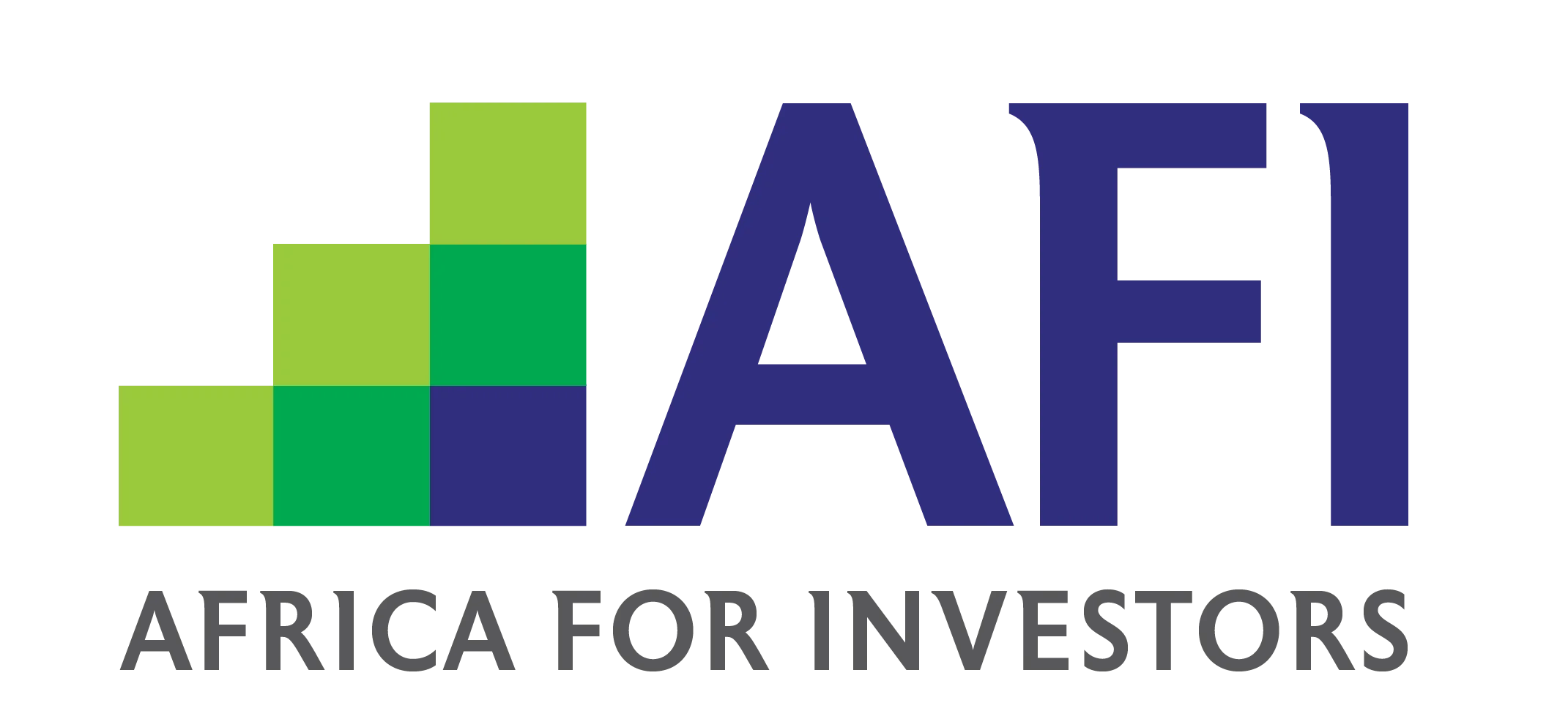
*Note: Name, Email and Phone Number are mandatory.

For decades Asia, Bangladesh, Vietnam, India, China has been the unquestioned engine of apparel production.
Today, rising labour costs, volatile energy, tighter compliance rules, and geopolitical shocks are forcing brands to rethink where the next decade of growth will be made. In this quietly shifting landscape, Africa is emerging as a strategic complement: select hubs combine cost efficiency, raw-material access, proximity to key markets, and growing capabilities in sustainable and premium textiles.
For global brands seeking resilience and agility, these options are increasingly impossible to ignore.
Asia still powers most of the world’s apparel exports, but its dominance is getting expensive.
Between 2018 and 2024, labour costs in Vietnam and Bangladesh climbed sharply, while energy prices and regulatory requirements of worker welfare and environmental standards added new layers of complexity.
Other emerging hubs like Latin America & Eastern Europe offer partial relief, especially for near-shoring. But they rarely provide the full package: raw-material access, integrated value chains, and scale remain limited. Stretching supply chains across continents adds lead time and compliance headaches.
Africa, by contrast, is quietly carving out a strategic role. Select hubs combine cost competitiveness, proximity to key markets, access to raw materials, and growing trade agreements offering brands a way to diversify without giving up efficiency or control.
Enquire Now!
Investors evaluating global sourcing hubs are weighing more than just labour costs. Infrastructure quality, compliance, market access, sustainability, and scale potential increasingly shape where capital flows.
| Hub | Labour | Lead Time | Trade Access | Sustainability | Scale Potential |
| China | Medium-High | Medium | Global | High | Very High |
| Vietnam | Medium | Medium | US/ EU | Medium | High |
| Mexico | Medium | Low | US | Medium | Medium |
| Eastern Europe | High | Medium | EU | Medium | Medium |
| Africa | Low-Medium | Medium | US/EU/Africa | Growing | High |
China and Vietnam still dominate in scale and efficiency but rising costs and tightening ESG expectations are shifting the calculus. Latin America and Eastern Europe offer near-shoring advantages, yet rarely combine raw-material access, integrated value chains, and robust market reach. Africa occupies a unique position in this landscape.
Select hubs offer competitive labour, growing industrial clusters, and access to raw materials, all within reach of the US, EU, and intra-Africa markets. Trade frameworks such as the African Growth and Opportunity Act (AGOA), Economic Partnership Agreements (EPAs), and the African Continental Free Trade Area (AfCFTA) provide preferential or duty-free access rarely matched elsewhere. Combined with proximity to major shipping routes, these hubs can reduce lead times relative to far-flung alternatives, making Africa a quietly strategic piece of the global sourcing puzzle.
Across key African textile hubs, governments are actively moving the industry beyond raw-cotton exports toward full value addition.
In countries like Kenya and Ghana, policies now prioritize cotton-to-garment transformation improving cotton production and spinning capabilities establishing dedicated, export oriented textile parks and targeted tax incentives. Similar initiatives are underway in Ethiopia’s eco-industrial parks and through Zimbabwe’s Cotton-to-Clothing strategy, all designed to build competitive, integrated manufacturing ecosystems.
At the same time, governments are discouraging imports of ready-made garments, tightening rules of origin, and streamlining operations in Special Economic zones. The outcome is a more predictable and supportive environment: faster business registration, duty exemptions, access to ready-to-use factory space, workforce skill-development programs, and public–private partnerships that encourage global investment.
For investors, these measures translate into lower entry barriers, stronger policy alignment, and industrial ecosystems built for long-term textile manufacturing, enabling Africa to capture value across the entire supply chain rather than simply exporting raw materials.
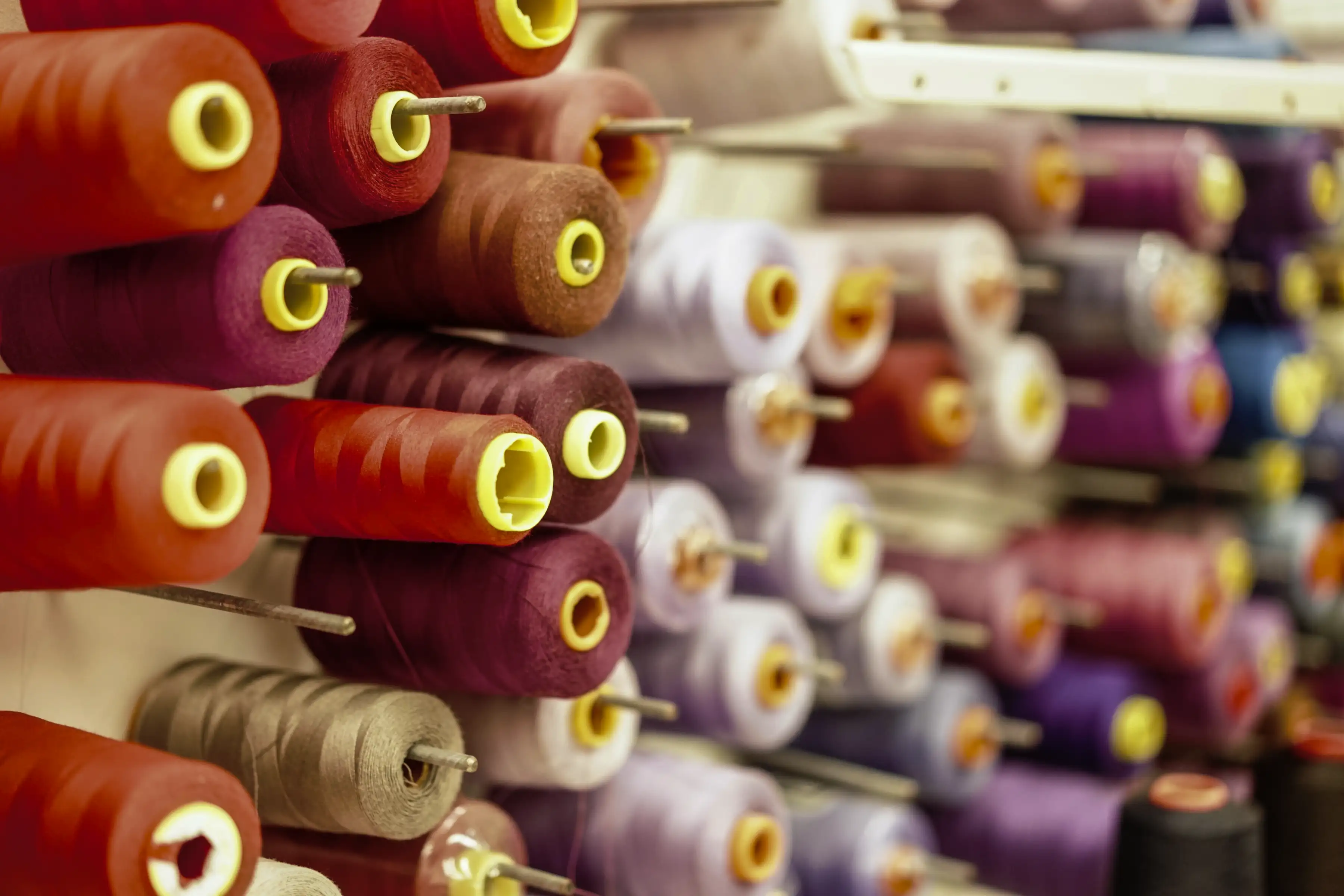
Select countries within AFI’s industrial zones are positioning themselves as future-ready sourcing hubs:
These capabilities support premium and sustainable apparel production, complementing traditional bulk manufacturing hubs.
The growth story is anchored in raw-material access, industrial clusters, and trade frameworks that few emerging hubs can match.
For investors, the case is clear:
African hubs don’t replace Asia; they complement it. They provide the flexibility to balance scale with innovation, efficiency with sustainability.
When building a global sourcing portfolio, investors should note:

Africa is emerging as a strategic frontier for global textile sourcing, where government-backed initiatives are actively shaping a value-added, investment-ready industry.
Policies that encourage local manufacturing, combined with incentives and streamlined processes, are creating a simplified and supportive environment for global investors. As an added advantage, African hubs feature a practical, investor-friendly setup with ready-to-use infrastructure, co-located cotton, fabric, and garment units, and on-site workforce training. Together, these features reduce operational friction, accelerate time-to-market, and capture value across the entire supply chain.
With preferential trade agreements, proximity to major markets, and access to raw materials, Africa allows brands and investors to diversify supply chains without compromising efficiency or scale. Supported by growing innovation, sustainability practices, and policy alignment, Africa is not just a complement to traditional hubs but a future-ready partner for premium and sustainable textile production.
Establish your textile or apparel operations in Africa’s world-class industrial zones and position your business at the forefront of the continent’s manufacturing growth. Connect with our investment specialists to explore integrated textile parks and shape your next chapter in manufacturing excellence.
Get in touch with our Africa investment specialists or support team and expand your business in Africa today!
recommended topics
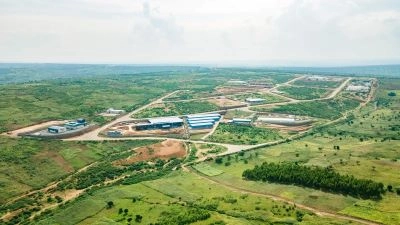
Discover prime locations across Africa for lucrative investment opportunities and strategic growth.
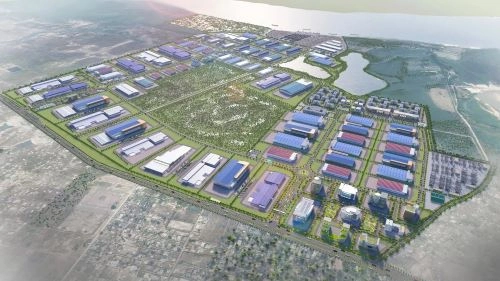
Explore key investment zones in Africa that offer strategic advantages and economic benefits.
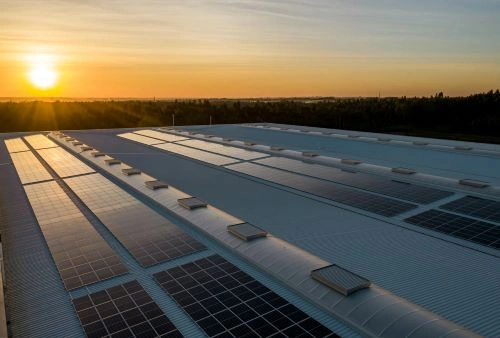
Uncover the best investment opportunities in Africa to maximize your business potential.

Identify the most promising sectors in Africa for high returns and sustainable investments.
Compare
Dear investor, please compare similar category items- either Locations or Opportunities.
*Already subscribed.
*Enter your name/email.

Sign up for exclusive investment alerts.
Already subscribed? Skip
Thank You For Subscribing to
Africa For Investors.

You will be redirected to AFI’s Linkedin Profile in 10 seconds.
Stay On AFI Website